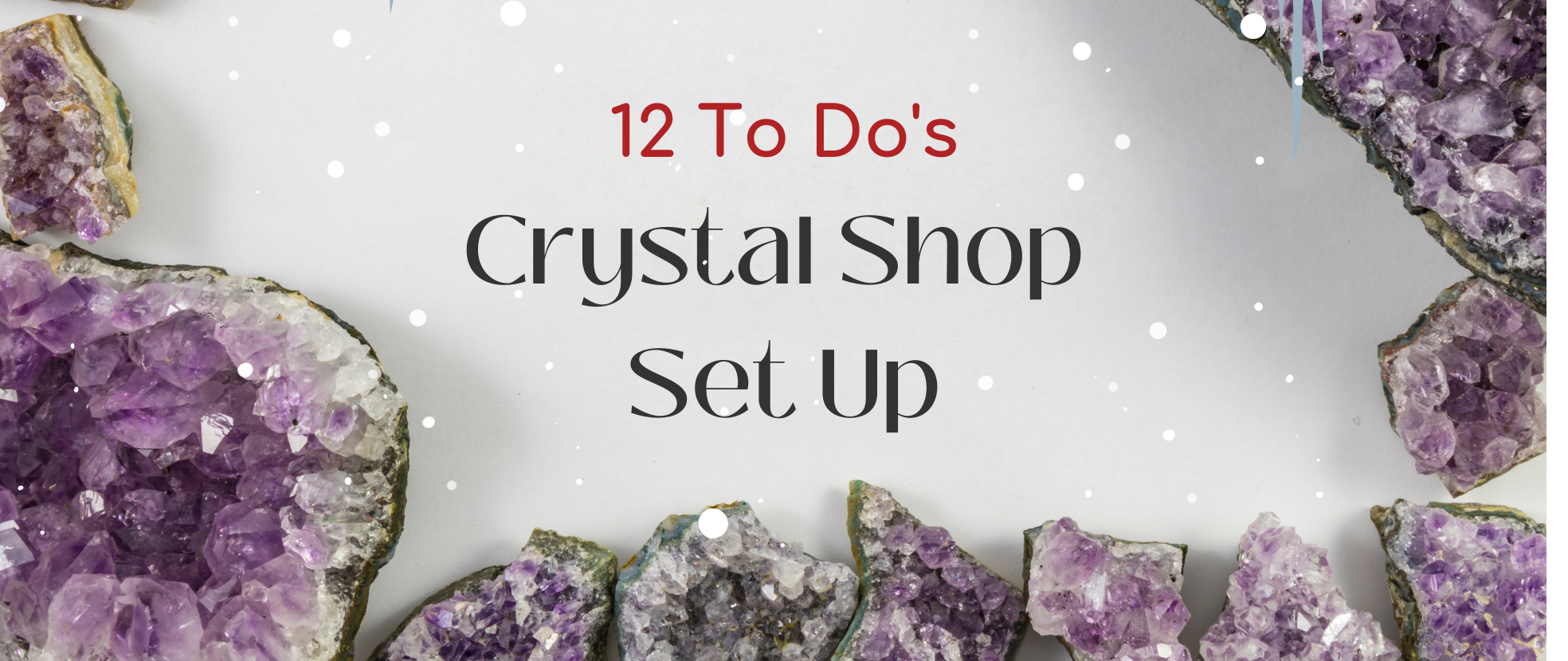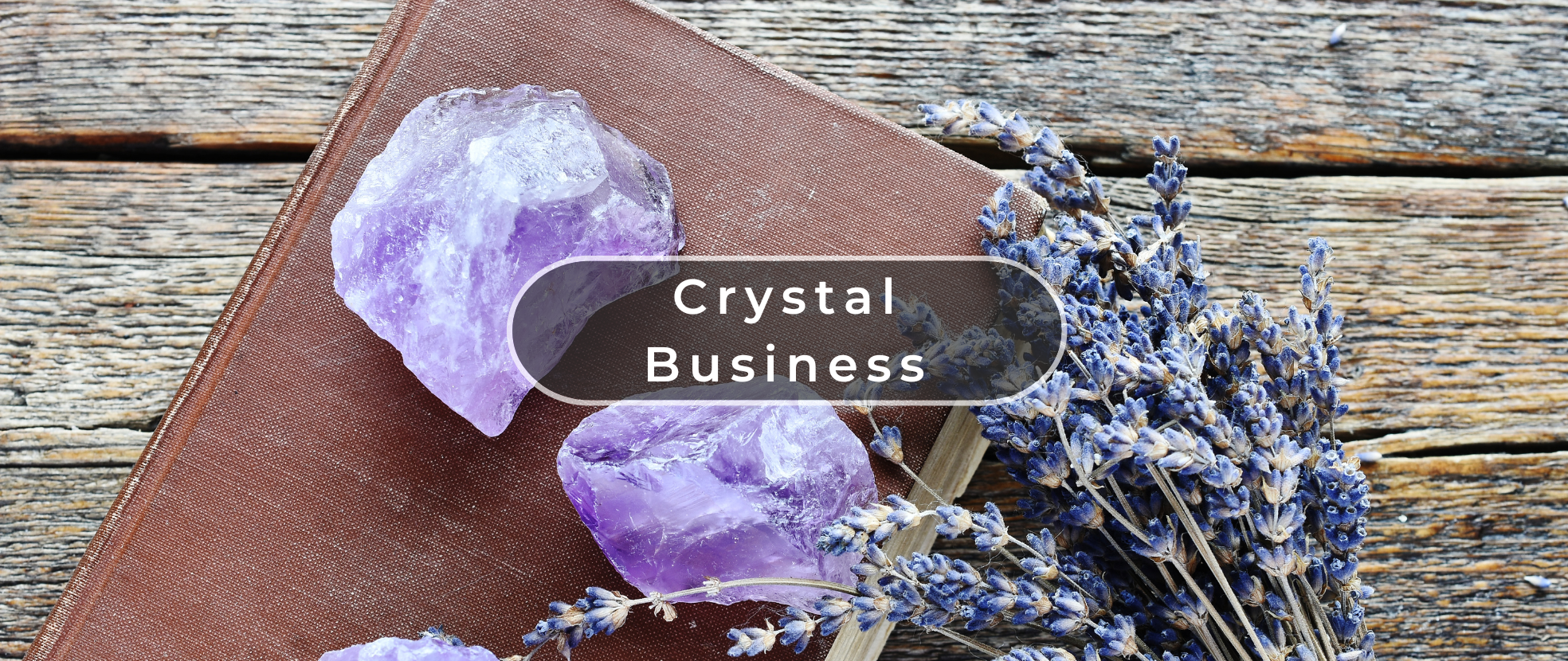If you're avid fan of all things green and shiny, then I'm pretty sure you'll go nuts for the gemstone called chrysoprase.
Considered as another variety of chalcedony, this viridescent beauty is a cryptocrystalline, meaning it is composed of extremely fine crystals that when viewed under standard magnification, not even one speck can be resolved! Oftentimes, green gemstones such as emerald acquire their color because of chromium. With chrysoprase, the presence of nickel in trace amounts is what gives it its rich green tone.
It is believed that chrysoprase got its name by combining the Greek words chrysos and prasinon which respectively means, ˜gold' and ˜leek,' with the color being associated to that of the vegetable. Because the stone displays such an appealing apple green brilliance and waxy vitreous luster makes it a desirable item for any crystal enthusiast.
The History of Chrysoprase
Chrysoprase has been around for thousands and thousands of years and has been favored by early society during the Greek, Roman, and Egyptian era. For the ancient Greeks, chrysoprase was known as the stone of Venus. In fact, it was said that at the peak of his reign, Alexander the Great favored this gemstone among the other prized crystals because he believed that the stone possesses magical powers which gave him strength and vigor.
Unfortunately, back in the old days, finding a chrysoprase is like finding a needle in a haystack since the only known repository of chrysoprase was situated in an area located in southwest Poland “ referred to back then as Lower Silesia. This region is perhaps the biggest known reserve for chrysoprase.
The proof of its presence can be found in Silesian sculptures and stonework. Today, chrysoprase can be found in all corners of the world with Queensland, Australia, producing some of the most sought for qualities of chrysoprase. Other sources include Tanzania, Germany, Poland, Russia, Arizona, California, and Brazil.
During the 18th century, after conquering a land teeming with chrysoprase deposits, Fredrick II, the King of Prussia who has a significant liking to the crystal, adorned his palace halls in Berlin with intricate pieces of chrysoprase to serve as ornaments and decorations.
The Healing Powers of Chrysoprase
Chrysoprase is said to have holistic and metaphysical properties. Referred to as the stone of grace, chrysoprase is able to eliminate negative energies such as selfishness, carelessness, and distress. Instead, these are replaced with feelings of joy, adaptability, progress, versatility, creativity, and a sense of adventure. The wearer is also protected by warding off evil and malicious entities.
As for its healing benefits, holding a chrysoprase over the affected area can speed up the healing process of wounds. To speed up the healing of any type of wound, it is recommended that you place a chrysoprase in close proximity to where you sleep. Traditionally, chrysoprase has also been used to stimulate and increase the chances of fertility as well as improving eyesight, regulating blood flow, and relieving rheumatic pain.





